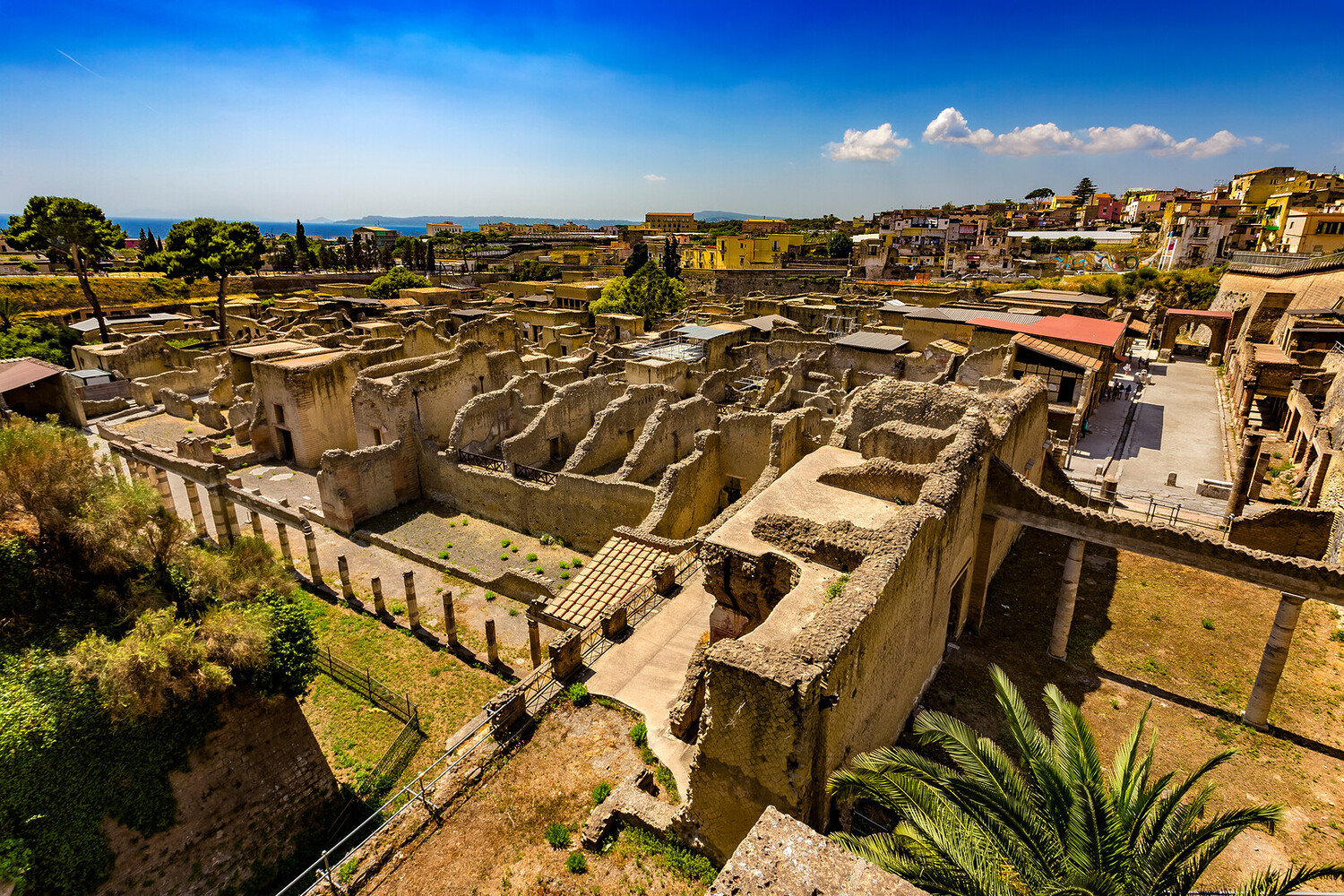Tucked at the base of Mount Vesuvius, the ancient city of Herculaneum invites you to step straight into Roman life, beautifully intact, quietly haunting, and far less crowded than Pompeii. If you’re exploring Campania wineries or already planning to see Campania’s top sights, visit Herculaneum for a surprisingly intimate dive into the past. Here, frescoes still glow with color, wooden doors and furniture have survived, and every corner of the archaeological park feels like a secret waiting to be uncovered.
Visit Herculaneum and the best things to do
Explore the archaeological park of Herculaneum
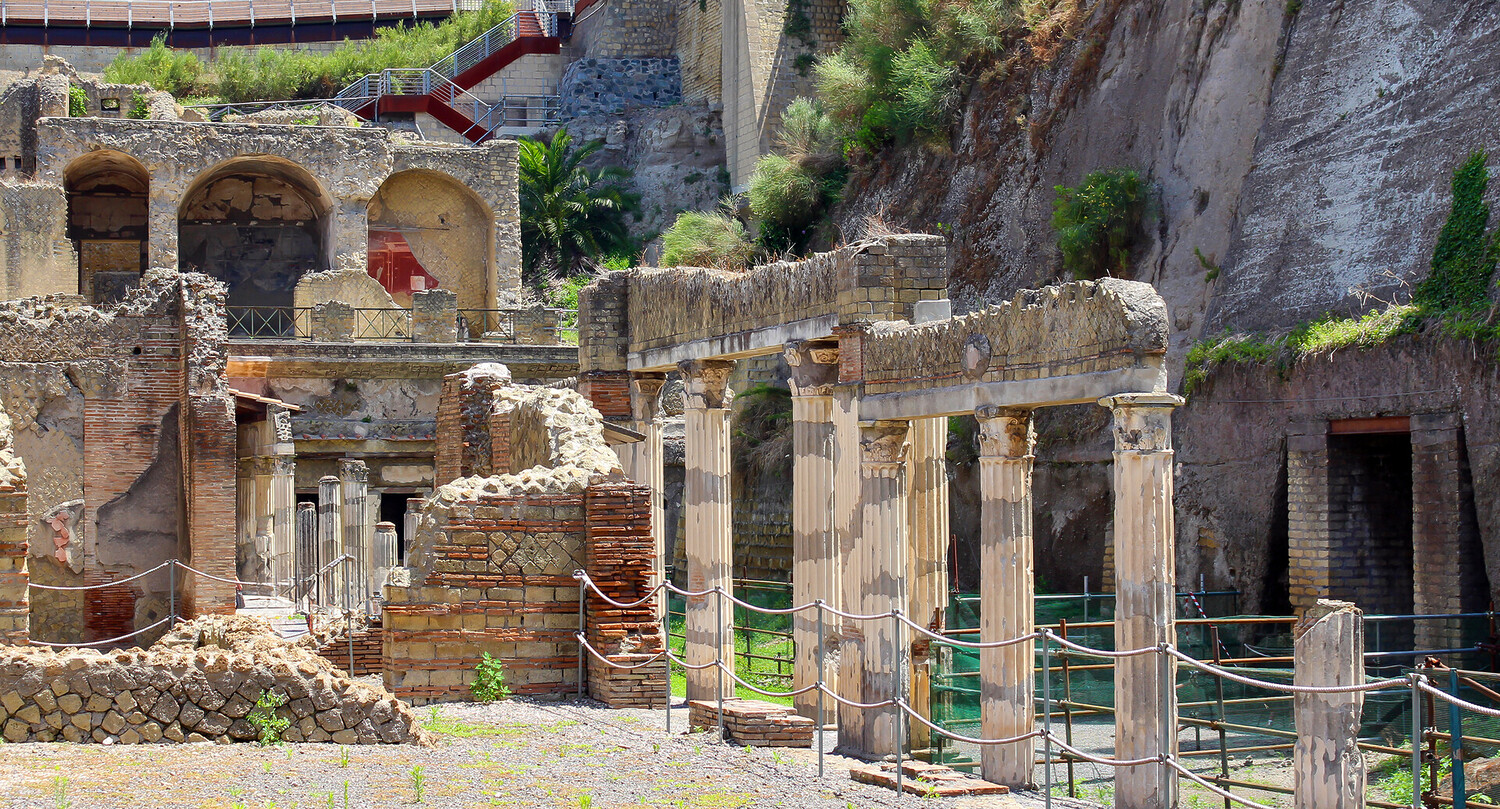
Start your visit right at the heart of it all, the Parco Archeologico di Ercolano. What makes Herculaneum so special? Unlike Pompeii, it was buried under nearly 20 meters of volcanic mud, not ash, which created an oxygen-deprived seal that preserved wooden doors, furniture, and even food. Walking through these ruins feels like stepping into someone’s home, frozen mid-life. You’ll stroll along original Roman roads, peek into colorful houses (some with intact upper floors), and spot mosaics and frescoes that still burst with life.
Visit the Villa of the Papyri
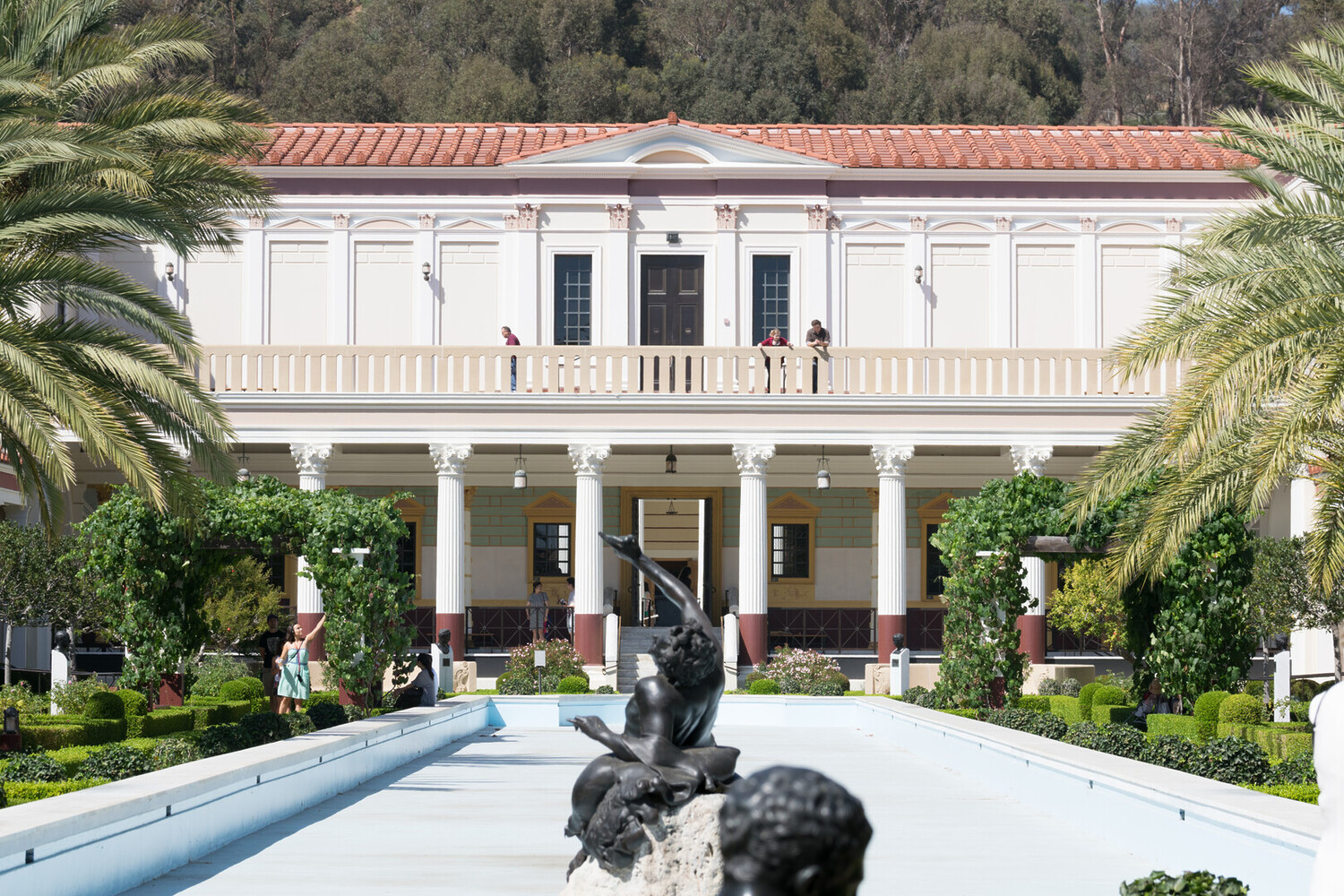
One of the most legendary spots in Herculaneum is the Villa of the Papyri, a grand seaside estate believed to have belonged to the family of Julius Caesar’s father-in-law. It’s the only ancient library ever discovered intact, with nearly 1,800 carbonized scrolls still being studied today. The villa’s elegant layout and sea views were so inspiring that they became the blueprint for the Getty Villa in California.
Stand before the Relief of Telephus

Inside the famous Villa of the Papyri, keep an eye out for the Relief of Telephus, a beautifully carved marble piece straight out of Greek mythology. It shows the story of Telephus, Hercules’ son, and adds a touch of drama to your walk through ancient history. It’s one of those little surprises that remind you just how much the Romans loved a good Greek tale. Think of it as ancient fan art, carved to last forever.
Wander the Decumanus Maximus

Walk the streets like a Roman, literally. The Decumanus Maximus was one of Herculaneum’s main roads, and it’s still here, worn smooth by centuries of footsteps. As you wander along its path and cross the ancient Cardo, keep an eye out for everything from shops and private homes to shrines and temples. Some spaces were even reserved for the Sodales Augustales, a prestigious brotherhood dedicated to honoring Emperor Augustus.
Discover one of the oldest houses in Herculaneum
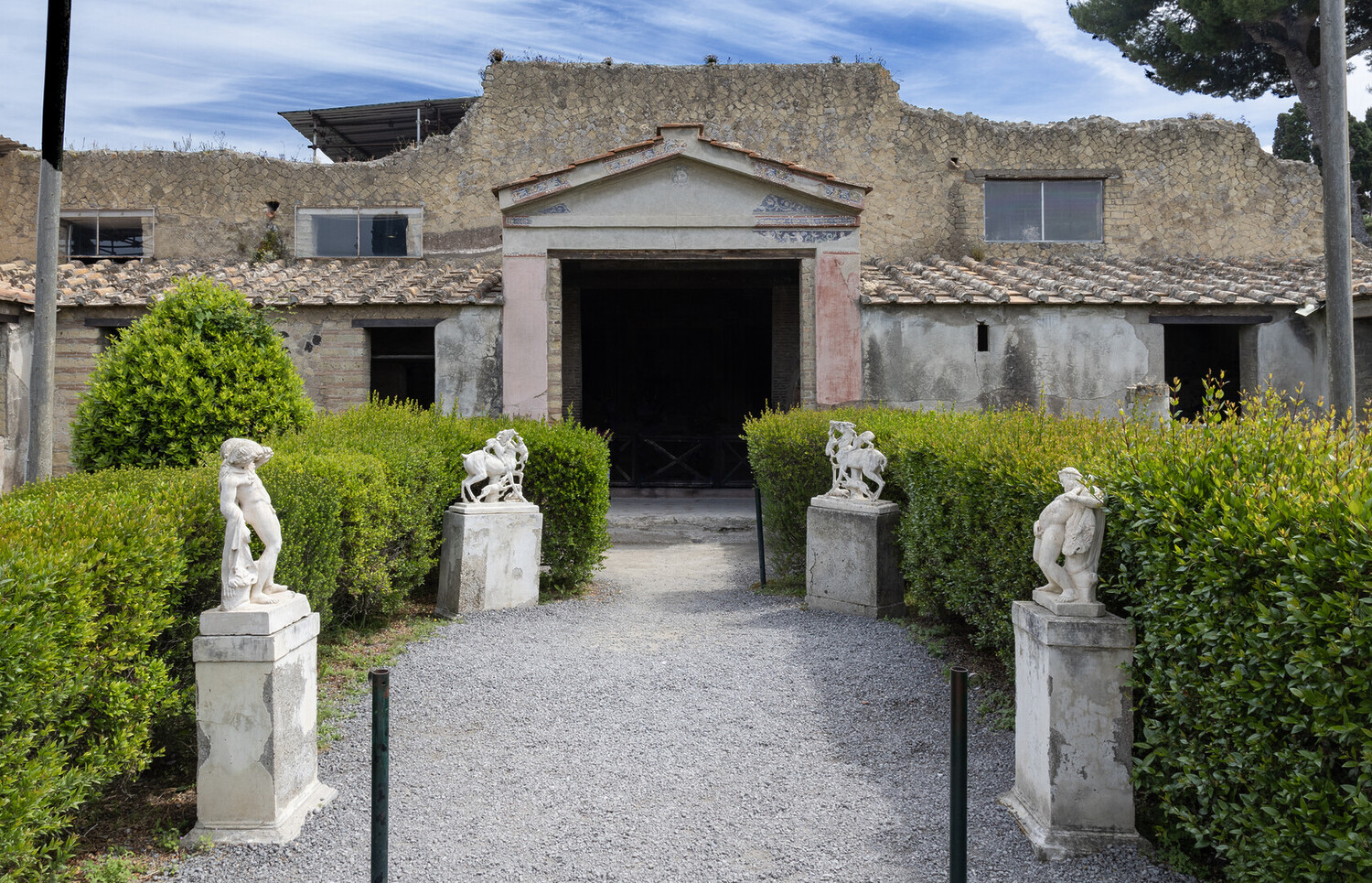
Step into Roman luxury at the House of the Deer, one of Herculaneum’s most elegant homes. Named after two dramatic marble sculptures of deer under attack, this seaside villa shows off what top-tier living looked like around the turn of the 1st century. Think ocean views, intricate mosaics underfoot, and a breezy atrium made for relaxing Roman-style. It’s one of those places that makes you pause and wonder, how did they live this well 2,000 years ago?
What are the best things to do around Herculaneum?
Wander the ruins of ancient Pompeii
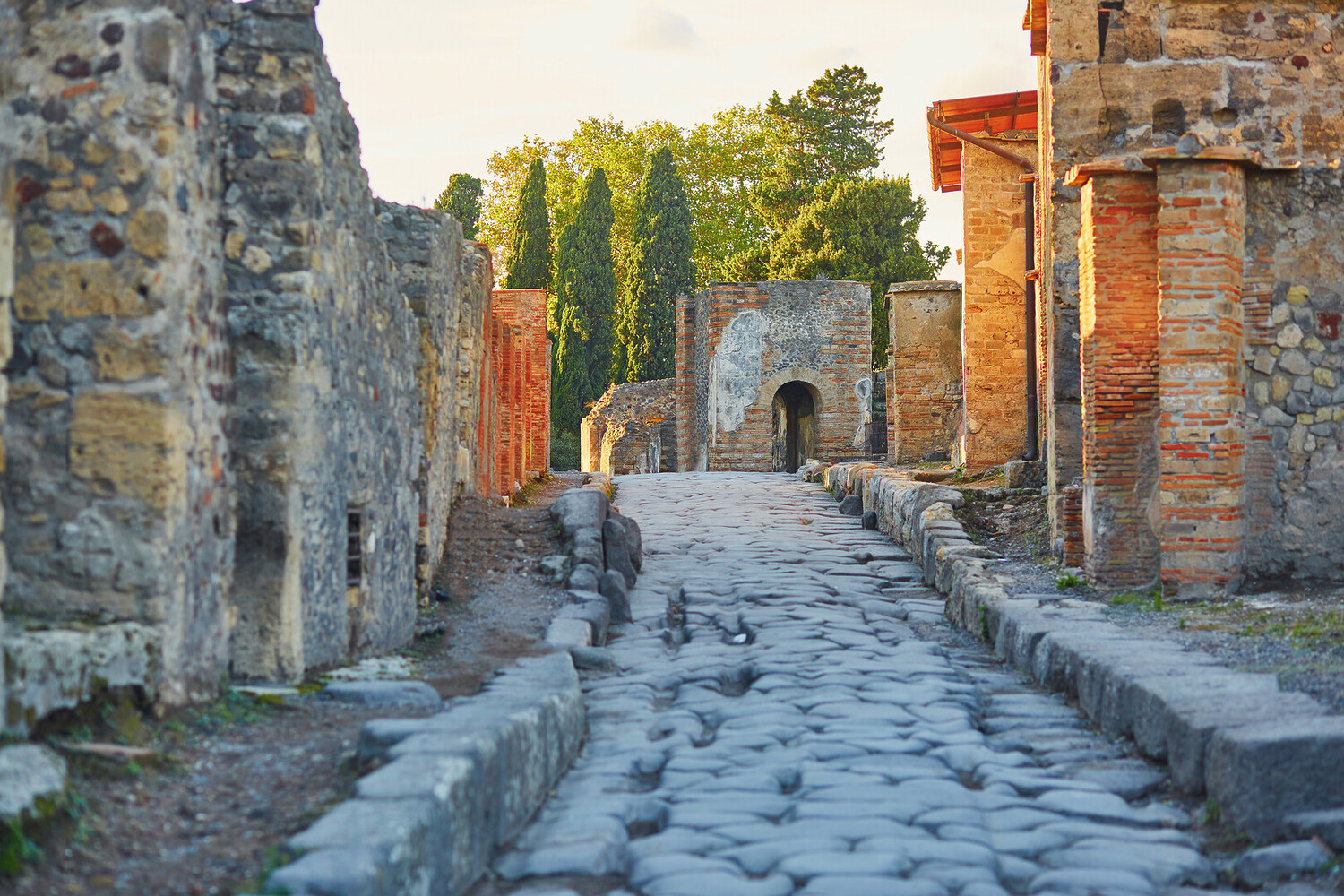
Hop from one ancient city to another. Just a quick train ride from Herculaneum, Pompeii is a must if you want the full Vesuvius story. While Herculaneum is smaller and better preserved, Pompeii stuns with its vast streets, open forums, amphitheatres, and those famous plaster casts frozen in time. Think of it as the epic sibling, less detailed, but way bigger. Want to dive deeper into life before the eruption? Don’t miss our guide to visit Pompeii Italy for all the must-sees!
Explore the wine trails of Campania

Swap ancient ruins for rolling vineyards and you’re in for one of the best side trips from Naples or Pompeii. Campania’s wine trails wind through lush, volcanic slopes, think Taurasi, Greco di Tufo, and bold Aglianico, with vineyard terraces that hug the hills. The soil here is infused with Vesuvius history, and each sip tells the story. One standout option is Napoli Wine Tours, offering small-group experiences where you’ll tour sun-dappled vineyards, taste wines right from the barrel, and enjoy a laid-back lunch under olive trees. It’s the perfect way to pair your history fix with a glass of local flavor.
Visit the archaeological riches of Naples

Just a 40-minute train ride from Herculaneum, Naples and its wine tours hits you with energy, flavor, and centuries of culture the moment you arrive. After wandering the quiet ruins of Ercolano, step into the vibrant chaos of the city where it all comes full circle. Head to the National Archaeological Museum, seriously, it’s a must—see original treasures from both Herculaneum and Pompeii, including frescoes and sculptures once hidden beneath ash.
From Ruins to Ragù, unlock more with the best things to do in Naples guide from our team!
Walk to Mount Vesuvius
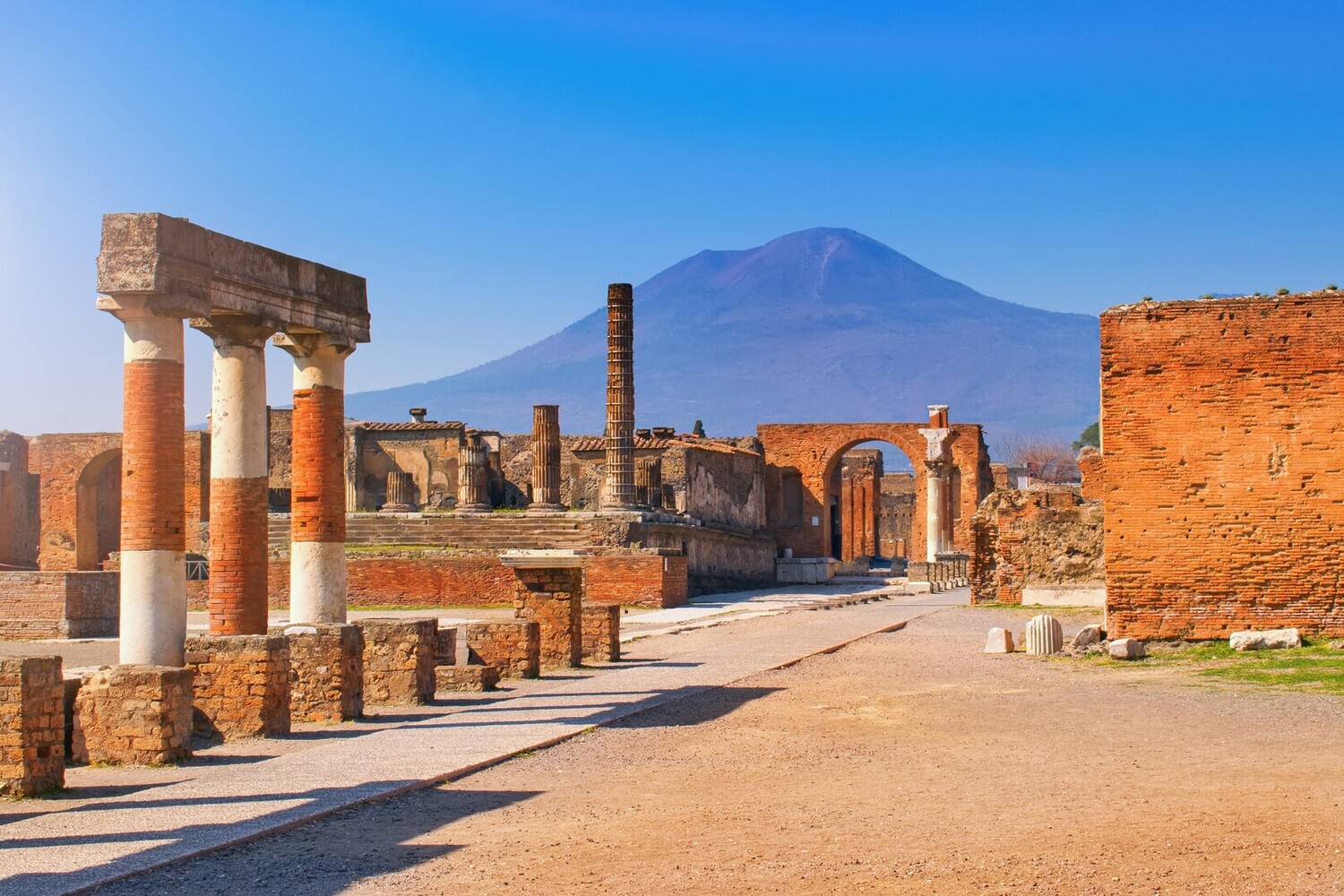
If you really want to understand what happened in 79 AD, there’s no better place than the source itself: Mount Vesuvius. Just a 30–40 minute drive or shuttle ride from Herculaneum, this legendary volcano towers above the Bay of Naples, offering stunning views over the entire region, from Pompeii to the sea. Once you arrive at the Vesuvius National Park trailhead, it’s a short but scenic hike (about 30 minutes) to reach the crater’s rim. Many tours from Ercolano include transportation, park access, and even a guide, sometimes a volcanologist or archaeologist who’ll explain the eruption’s impact. Just check the weather and opening times before you go.
Good to Know before visiting Herculaneum
Can you visit Herculaneum without a tour?
Yes, you can absolutely visit Herculaneum without a guided tour. The archaeological site is well-organized and accessible for individual travelers. You can purchase admission tickets at the entrance or online in advance. Informational signs throughout the ruins provide historical context, and audio guides or mobile apps are available to enhance self-guided visits. However, joining a tour can offer deeper insight into the history and daily life of the ancient city.
Is Herculaneum worth visiting?
Yes, Herculaneum is definitely worth visiting. Often overshadowed by the more famous Pompeii, Herculaneum offers a more compact and better-preserved archaeological experience. Many buildings have intact second stories, colorful frescoes, wooden furniture, and even ancient food residues. It’s less crowded than Pompeii, making it ideal for a more relaxed and intimate exploration of Roman life.
How much time is needed to visit Herculaneum?
Most visitors spend around 2 to 3 hours exploring Herculaneum. The site is smaller and more concentrated than Pompeii, allowing visitors to see the major highlights in a shorter time frame. If you have a deep interest in archaeology or history, consider allocating half a day to thoroughly explore the ruins, read information plaques, and possibly join a tour.
What is the best way to see Herculaneum?
The best way to see Herculaneum is to start early in the morning to avoid crowds and heat, especially in summer. You can either do a self-guided tour with an audio guide or mobile app or join a guided tour for a more educational experience. Be sure to wear comfortable walking shoes, bring sunscreen, and carry water. Don’t miss key sites like the House of the Deer, the Baths, and the boat houses by the ancient shoreline.
What are the best hotels in Herculaneum?
Herculaneum has several excellent accommodation options for all budgets. Some top-rated stays include:
- Hotel Herculaneum – Located right across from the entrance to the ruins, this hotel offers modern amenities and views of the historic site.
- Eco Hostel Floreale – A budget-friendly option with a sustainable ethos, offering dorms and private rooms.
- Il San Cristoforo – A boutique hotel located a short drive away, surrounded by citrus groves with a pool and gourmet restaurant.
What are the best restaurants in Herculaneum?
Herculaneum offers a variety of dining experiences where you can sample Neapolitan and Campanian cuisine. Recommended places include:
- Viva Lo Re – A refined dining experience with locally-sourced ingredients and creative takes on traditional dishes.Ristorante Luna Caprese – Casual seaside dining with classic Neapolitan pizza and fresh fish dishes.Terrazza Due Golfi – Offers breathtaking views along with regional specialties like fried anchovies and eggplant parmigiana.
How to get to Herculaneum from Naples?
Herculaneum is easily accessible from Naples. Take the Circumvesuviana train from Napoli Garibaldi station toward Sorrento and get off at the Ercolano Scavi stop. The journey takes around 20–25 minutes. From the station, it’s about a 10-minute walk downhill to the entrance of the archaeological park. Taxis and buses are also available, but the train is the most convenient and economical option.
What is the best time of year to visit Herculaneum?
The best time to visit Herculaneum is during the spring (April to June) and fall (September to October) when the weather is pleasant and the site is less crowded. Summer can be very hot and busy, especially in July and August. Winter is the least crowded but can be wet, so bringing weather-appropriate clothing is advised.
Are there any combined tickets for Herculaneum and nearby attractions?
Yes, there are combination tickets available that include entry to Herculaneum and other archaeological sites like Pompeii, Oplontis, and Stabiae. The “Campania Artecard” is a popular option that provides access to a variety of cultural sites across the Campania region and includes discounts on public transport.
What should I bring for a day trip to Herculaneum?
For a comfortable visit, bring:
- Comfortable walking shoes (the ancient streets are uneven)
- Sunscreen, hat, and sunglasses, especially in summer
- Reusable water bottle (water fountains are available on-site)
- Camera or smartphone for photos
- Guidebook or mobile tour app for information if going without a guide
Note: Large backpacks may need to be stored at the entrance.


